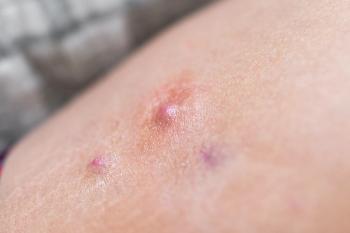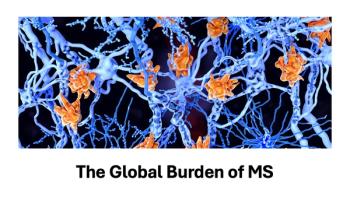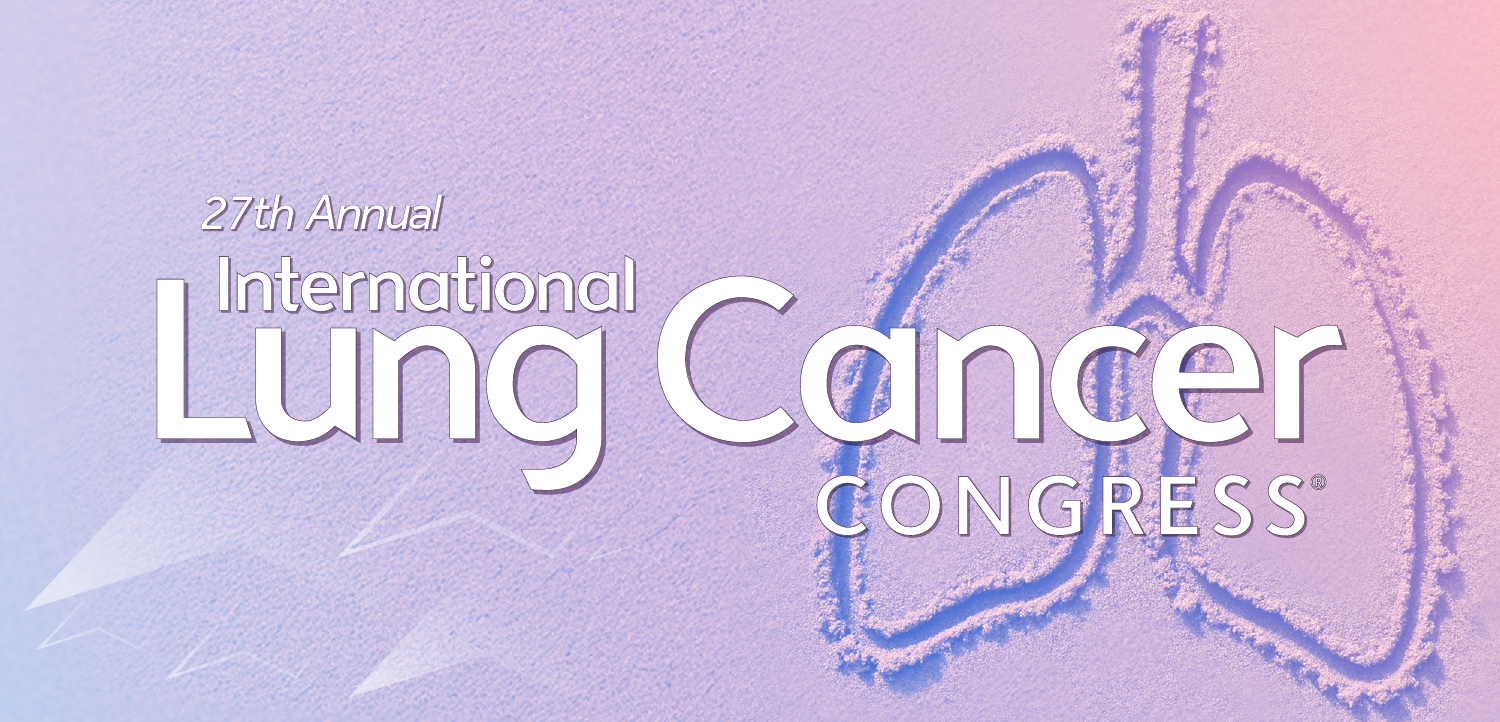
Following CDC protocols reduces dialysis bloodstream infections
Outpatient hemodialysis facilities realized a 32% decrease in overall bloodstream infections and a 54% decrease in vascular access-related bloodstream infections after Centers for Disease Control and Prevention (CDC) guidelines were used, according to a new study.
Outpatient hemodialysis facilities realized a 32% decrease in overall bloodstream infections and a 54% decrease in vascular access-related bloodstream infections after Centers for Disease Control and Prevention (CDC) guidelines were used, according to a new study.
Published online May 15, 2013, in the American Journal of Kidney Diseases, the
Researchers analyzed up to 12 months of preintervention and 15 months of intervention data from 17 outpatient hemodialysis facilities. Bloodstream infection (BSI) rates decreased 32%. BSI and access-related BSI rates were 1.09 and 0.73 events per 100 patient-months during the preintervention period and 0.89 and 0.42 events per 100 patient months during the intervention period.
“These findings suggest that improved implementation of recommended practices and reduce BSIs in hemodialysis centers,” Dr Patel wrote.
The BSI rates were significantly reduced by following the
The guidelines include:
1. Surveillance and feedback using NHSN
Conduct monthly
2. Hand hygiene observations
3. Catheter/vascular access care observations
Perform observations of vascular access care and catheter accessing quarterly. Assess staff adherence to aseptic technique when connecting and disconnecting catheters and during dressing changes. Share results with clinical staff.
4. Staff education and competency
5. Patient education/engagement
Provide standardized
6. Catheter reduction
Incorporate efforts (eg, through patient education, vascular access coordinator) to reduce catheters by identifying and addressing barriers to permanent vascular access placement and catheter removal.
7. Chlorhexidine for skin antisepsis
Use an alcohol-based chlorhexidine (>0.5%) solution as the first line skin antiseptic agent for central line insertion and during dressing changes.
8. Catheter hub disinfection
Scrub catheter hubs with an appropriate antiseptic after cap is removed and before accessing. Perform every time catheter is accessed or disconnected.
9. Antimicrobial ointment
Apply antibiotic ointment or povidone-iodine ointment to catheter exit sites during dressing change.
* Povidone-iodine (preferably with alcohol) or 70% alcohol are alternatives for patients with chlorhexidine intolerance.
** If closed needleless connector device is used, disinfect connector device per manufacturer’s instructions.
*** See information on selecting an antimicrobial ointment for hemodialysis catheter exit sites
Newsletter
Get the latest industry news, event updates, and more from Managed healthcare Executive.






















































